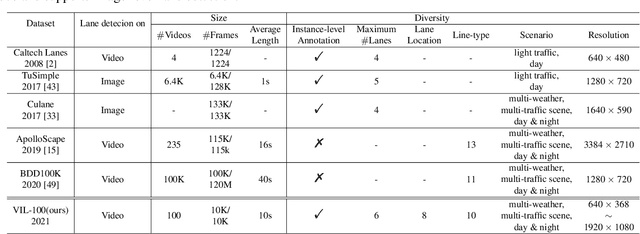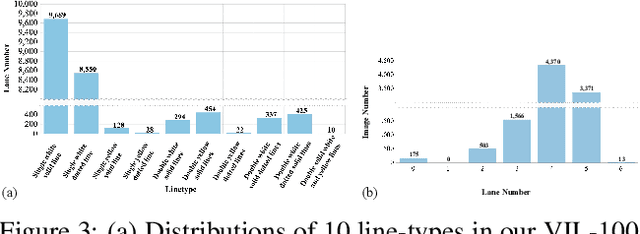Qingxia Li
Rhythm of Opinion: A Hawkes-Graph Framework for Dynamic Propagation Analysis
Apr 21, 2025Abstract:The rapid development of social media has significantly reshaped the dynamics of public opinion, resulting in complex interactions that traditional models fail to effectively capture. To address this challenge, we propose an innovative approach that integrates multi-dimensional Hawkes processes with Graph Neural Network, modeling opinion propagation dynamics among nodes in a social network while considering the intricate hierarchical relationships between comments. The extended multi-dimensional Hawkes process captures the hierarchical structure, multi-dimensional interactions, and mutual influences across different topics, forming a complex propagation network. Moreover, recognizing the lack of high-quality datasets capable of comprehensively capturing the evolution of public opinion dynamics, we introduce a new dataset, VISTA. It includes 159 trending topics, corresponding to 47,207 posts, 327,015 second-level comments, and 29,578 third-level comments, covering diverse domains such as politics, entertainment, sports, health, and medicine. The dataset is annotated with detailed sentiment labels across 11 categories and clearly defined hierarchical relationships. When combined with our method, it offers strong interpretability by linking sentiment propagation to the comment hierarchy and temporal evolution. Our approach provides a robust baseline for future research.
VIL-100: A New Dataset and A Baseline Model for Video Instance Lane Detection
Aug 19, 2021



Abstract:Lane detection plays a key role in autonomous driving. While car cameras always take streaming videos on the way, current lane detection works mainly focus on individual images (frames) by ignoring dynamics along the video. In this work, we collect a new video instance lane detection (VIL-100) dataset, which contains 100 videos with in total 10,000 frames, acquired from different real traffic scenarios. All the frames in each video are manually annotated to a high-quality instance-level lane annotation, and a set of frame-level and video-level metrics are included for quantitative performance evaluation. Moreover, we propose a new baseline model, named multi-level memory aggregation network (MMA-Net), for video instance lane detection. In our approach, the representation of current frame is enhanced by attentively aggregating both local and global memory features from other frames. Experiments on the new collected dataset show that the proposed MMA-Net outperforms state-of-the-art lane detection methods and video object segmentation methods. We release our dataset and code at https://github.com/yujun0-0/MMA-Net.
 Add to Chrome
Add to Chrome Add to Firefox
Add to Firefox Add to Edge
Add to Edge